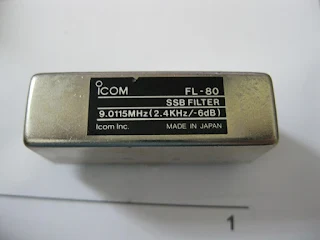Really enjoyed SolderSmoke 143, great job as always.
I wanted to fill you in on the happenings at the WA6ARA QRP Ranch. A bunch of us are doing a kit build. We meet at the QRP Ranch Man Cave for a few hours of building several times a week. Several of us are building the 40 meter SSB rig that won the homebrew challenge a couple years ago and there are a couple BTX20s and 17 meter rigs being built as well. I'd like to say they are from scratch but alas, we are building them from Hendrick's QRP kits. The first one has been completed, a BTX17, by a 15 year old Extra Class ham in about 3 days. BTW - he already had WAS and DXCC. The next project is the W6JL 50 watt amplifier that won the amplifier homebrew challenge. I am building both the 40 meter and the BTX17 rigs. The 40 meter rig, plus amp is going in a ammo can and then in the jeep for back country emergency use. I've enclosed a couple of photos, including the required chocolate chip cookies to keep the gang going and the solar oven to cook them in.
--
Mike Herr
WA6ARA
DM-15dp
Home of The QRP Ranch


Our book: "SolderSmoke -- Global Adventures in Wireless Electronics" http://soldersmoke.com/book.htm Our coffee mugs, T-Shirts, bumper stickers: http://www.cafepress.com/SolderSmoke Our Book Store: http://astore.amazon.com/contracross-20







